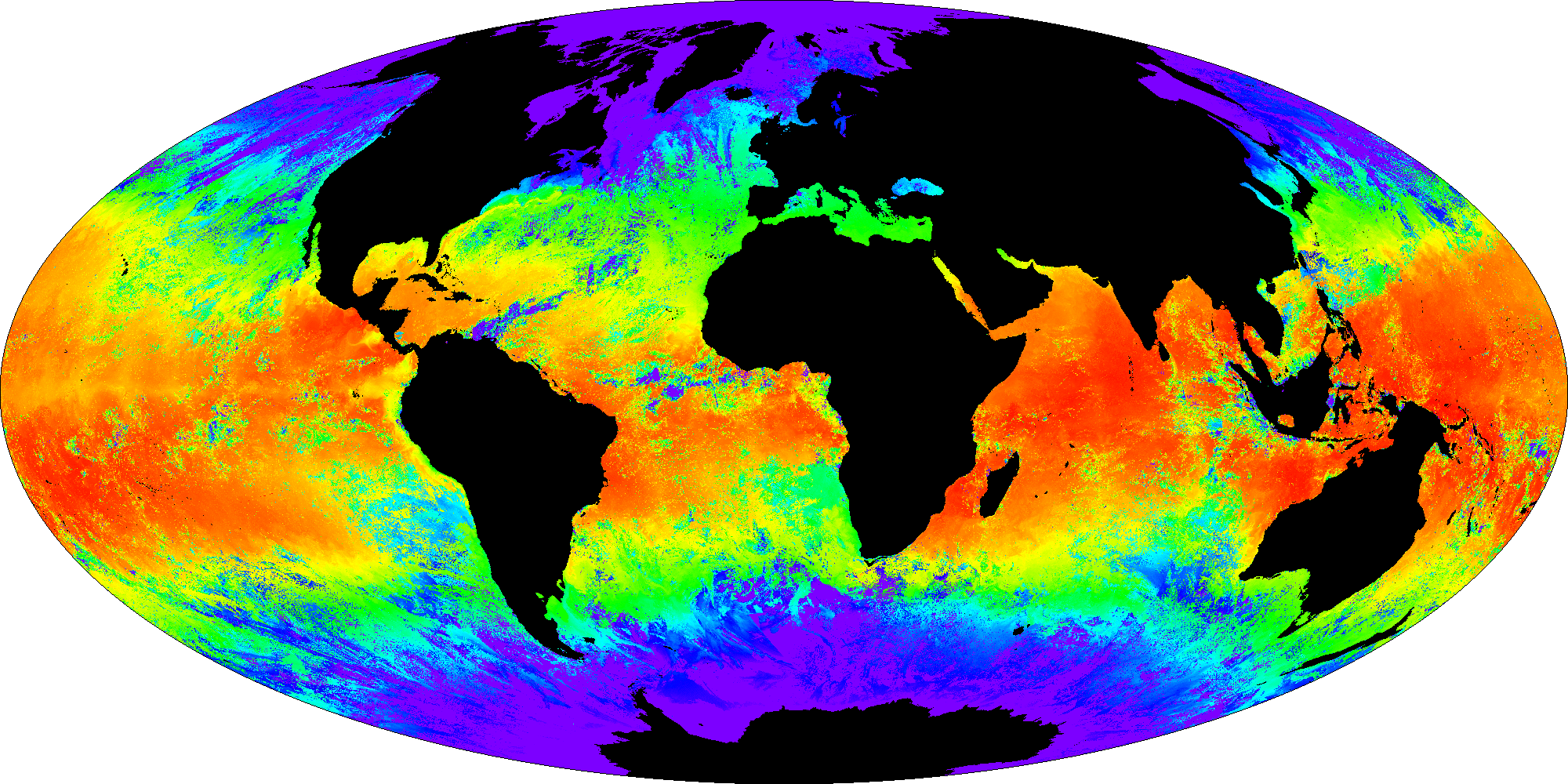Stephen Briggs from the European Space Agency's Directorate of Earth Observation says that sea surface temperature data is the worst indicator of global climate that can be used, describing it as "lousy".Obviously if the surface temperature was still rising, as it was in the 90s, instead of inconveniently contradicting model predictions, then it would still be considered a valid climate metric.
"It is like looking at the last hair on the tail of a dog and trying to decide what breed it is," he said on Friday at the Royal Society in London.
"The models don't have the skill we thought they had. That's the problem," admits Peter Jan van Leeuwen, director of the National Centre of Earth Observation at the University of Reading.
Thankfully however, climate scientists have not yet run out of metrics which show an upward trend. The new measure of global warming is to be sea level rise - presumably because it is still moving in the right direction, and because it ties in nicely with the "deep ocean heating" narrative.
The European Union is supportive of the effort to find climate metrics which point in the right direction - The Esa Climate Change Initiative (CCI) is a €75m programme, active since 2009, to produce a "trustworthy" set of ECV (Essential Climate Variable) data that can be accessed by all.
==============================================================
The inconvenient fact that sea level was around 6 metres higher during the Eemian Interglacial, and around 2 metres higher during the Holocene Optimum, 5500 years ago, was not mentioned in the Guardian article.
The guardian story is here.




Quote from article: "The models don't have the skill we thought they had. That's the problem," admits Peter Jan van Leeuwen, director of the National Centre of Earth Observation at the University of Reading.
What he really meant to say is "The models are not sophisticated enough to be able to skew their outputs in the direction we want when the inputs contain non-cherry-picked data."